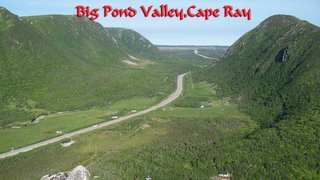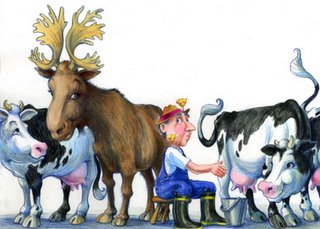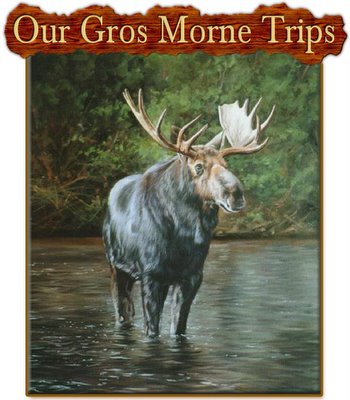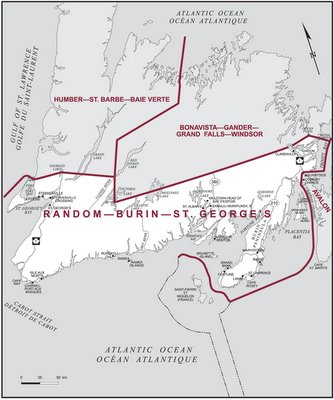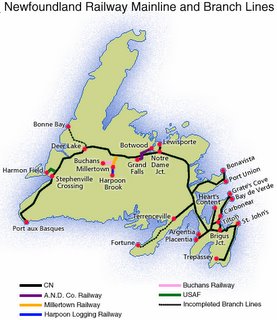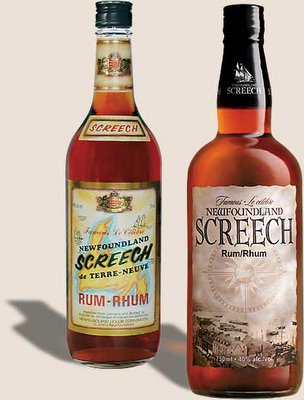
On the drive to work this morning i observed a coyote near the intersection to my community.I can still count on one hand the number of coyotes i have seen. Biologist here have it termed the eastern coyote (Canis latrans) and it most likely arrived in Newfoundland by crossing pack ice in the Gulf of St. Lawrence. The first coyote sighting occurred on March of 1985 and were reported back then as wolves and spotte at the Port au Port Peninsula. Additional sightings on pack ice were made in 1989 and 2000 but by then they were will established on our island. My next door neighbour who has a farm near the community has already lost livestock(young lambs) to the coyote. He's had problems before with Black Bears and mooose but the new kid on the block will be the worst he can encounter.
The coyote is proving to be an effective predator on caribou and many small game animals as well. They say very little biological data has been collected on coyotes on the island so far and im sure by the time they do so,the coyote is here to stay. They also say if funds become available, focussed studies of coyote home range size, densities, food habits, and their effects on native species will be conducted.In the meantime we'll just sit and wait and watch it spread. Some roadkill coyotes have been analyzed and their stomach contents and faecal material of the examined animals indicated that they fed on snowshoe hare, moose, beaver, red fox, red squirrel, masked shrew, ruffed grouse, various passerine bird species, and fruits such as blueberries, mountain holly, and choke cherry. Body measurements have been taken fromthe road-killed and all were shown in very good physical condition with moderate to abundant fat stores. Unidentified tapeworms were recovered from one animal and i wonder what that may do to other species here if passed on?I guess we'll just have to wait and see!

